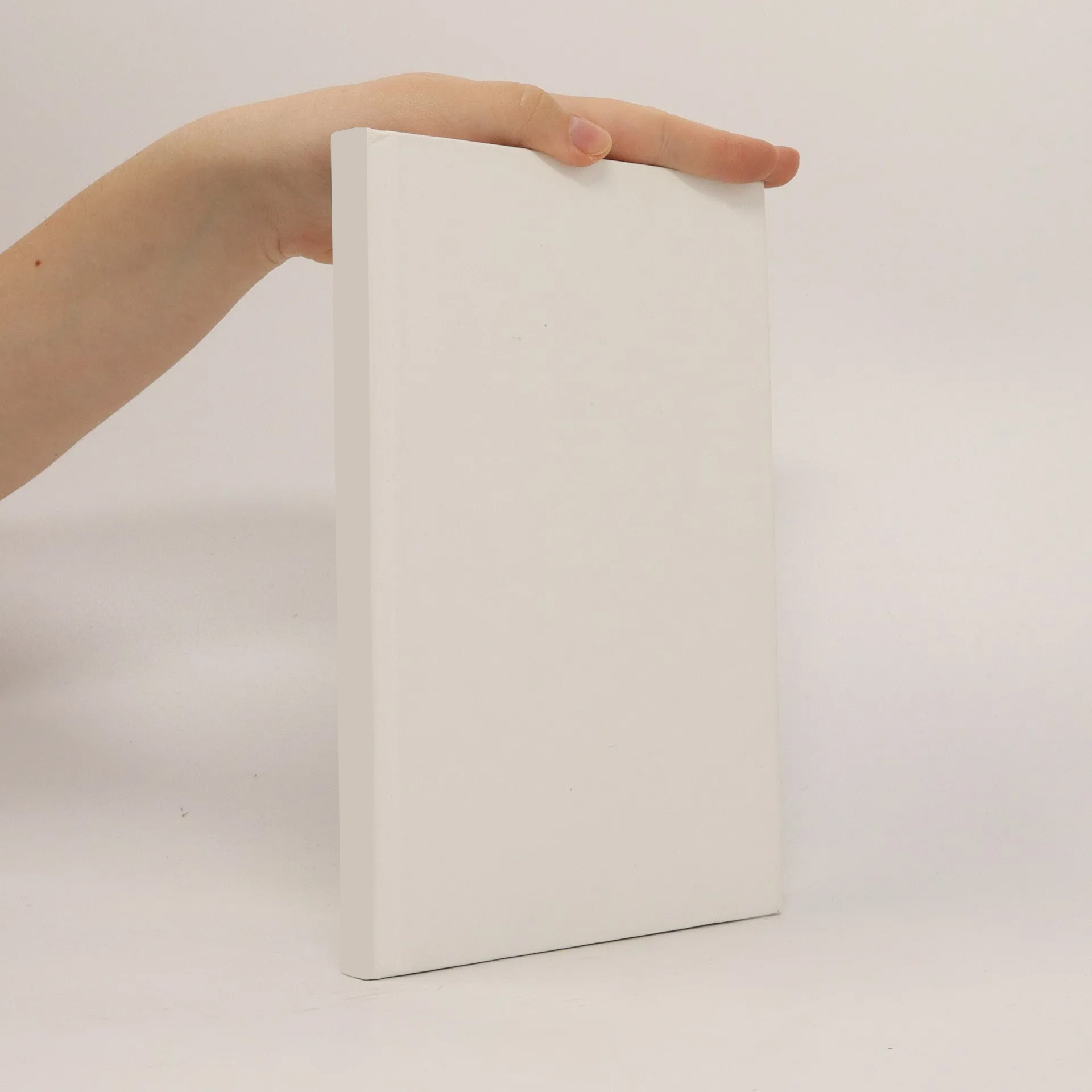
Parameters
More about the book
For predicting osteoporotic fracture risk, quantitative Ultrasound (QUS) serves as an alternative to X-ray absorptiometry and magnetic resonance tomography. QUS involves transmitting short pulses with center frequencies of 0.5 – 1 MHz through bone, allowing the determination of mechanical properties from the received signals. Two research projects have focused on adapting this technique from peripheral sites, like the heel, to the proximal femur, a primary fracture site. Traditional signal processing methods for calculating standard QUS parameters often struggle due to multipath transmission of sound waves in bone. This work aims to develop a signal analysis method that characterizes sound paths separately. The impact of multipath transmission on the calculation of QUS parameters is discussed, illustrating errors that arise from ignoring multiple sound paths through analytical and simulation methods. Ex vivo and in vivo measurement setups are briefly presented, with a primary emphasis on signal analysis. A model-based approach from nondestructive material testing is adapted to separate overlapping signal components from different sound paths. This algorithm describes received ultrasound pulses in the time domain as a superposition of Gaussian-modulated cosines with additive white noise. Nonlinear optimization using least-squares fits is applied within an iterative Space Alternating Generalized Expectation-maximization algorith
Book purchase
Signal analysis of quantitative ultrasound measurements at the proximal femur, Stefanie Dencks
- Language
- Released
- 2010
Payment methods
No one has rated yet.